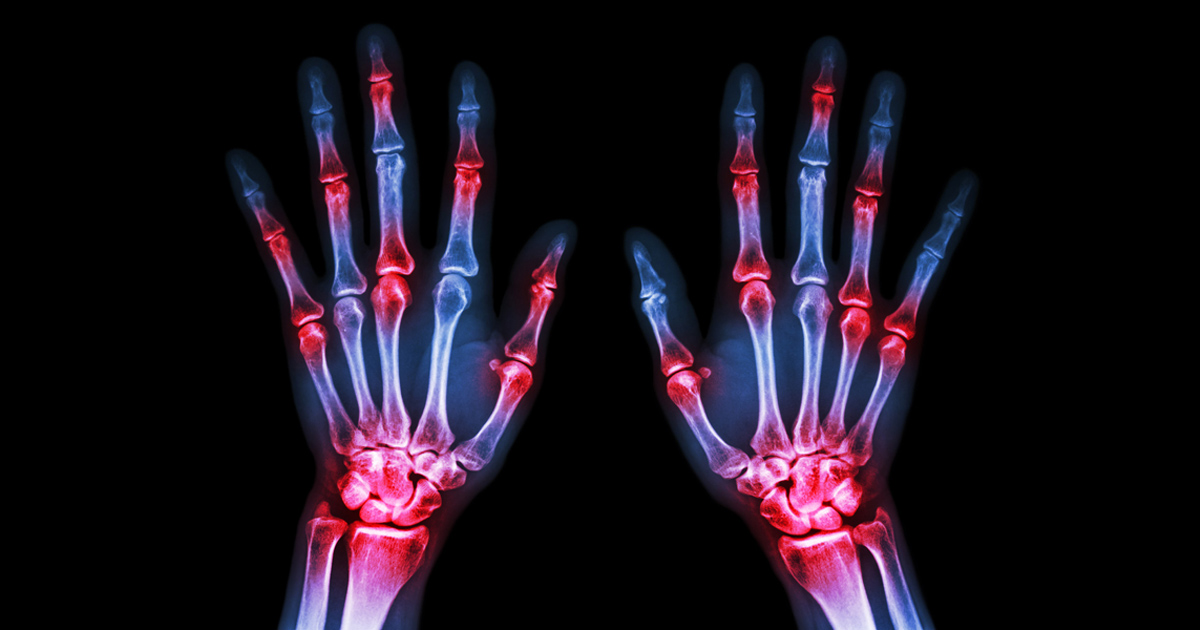Risk for RA twice as high among First Nations Canadian populations
First Nations populations in Manitoba, Canada, experienced increased incidence and prevalence of rheumatoid arthritis compared with non-Native populations, according to findings in the Journal of Clinical Rheumatology.
“Our study used administrative health data from 2000 to 2010 to estimate the prevalence and incidence of rheumatoid arthritis in Manitoba,” Carol Hitchon MD, MSc, associate professor of medicine at the University of Manitoba, told Healio Rheumatology. “The indigenous population of Manitoba, referred to as First Nations, is comprised mainly of Cree, Ojibway and Ojibway-Cree, and makes up close to 20% of the total provincial population. We compared estimates for the First Nations population to the rest of the Manitoba population.”
The researchers examined health records for all Manitobans from April 1, 1995, to March 31, 2010, and observed an increase in crude prevalence of RA of 0.65% between 2000 and 2010. Adjusted analysis results indicated that women experienced a prevalence increase of 1%, compared with 0.53% for men.

In an adjusted analysis from 2009 to 2010, First Nations populations carried a higher prevalence rate than non-First Nations populations (RR = 2.55; 95% CI, 2.08-3.12). A particularly high increase in prevalence was reported in First Nations populations aged 29 to 48 years compared with non-First Nations populations in that age range (RR = 4.52; 95% CI, 2.71-7.56).
An overall decrease in crude incidence of RA was reported for the duration between 2000 and 2010, from 46.7 per 100,000 to 13.4 per 100,000. During that same period, adjusted incidence rates were higher in the First Nations populations than in the non-First Nations populations (RR = 2.1; 95% CI, 1.7-2.6). The trend in the age group of 29 to 48 years carried over to increased incidence in the First Nations populations (RR = 4.6; 95% CI, 2.8-7.4).
“This increased prevalence and incidence was particularly striking for young women of childbearing age,” Hitchon said.
The mean age at diagnosis was 39.6 years (95% CI, 38.3-40.8) in the First Nations group and 53.3 years (95% CI, 52.7-53.9) in the non-First Nations group (P < .0001).
The researchers also noted that although individuals in the First Nations group were more likely to visit a physician, they were less likely to visit a rheumatologist.
“Several factors may contribute to the observed high prevalence and incidence of RA in First Nations,” Hitchon said. “We have shown previously that the general First Nations population in our region has high rates of HLA-DRB1 shared epitope alleles and also has high rates of exposure to environmental factors associated with RA. We do not know if additional social and historical factors play a role.”
The burden of RA is likely to increase for First Nations populations, along with increased need for rheumatology services, according to Hitchon. “Strategies to identify and address modifiable risk factors that contribute to the observed excess burden of RA in First Nations are needed,” she said. “In addition, rheumatology resources need to be optimized and novel methods of care delivery explored.” – by Rob Volansky
Disclosure: Hitchon reports no relevant financial disclosures. Please see the study for all other relevant financial disclosures.
